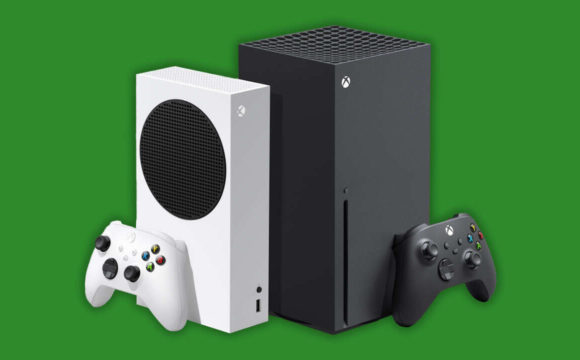
With the added power of the Xbox Series X, Microsoft has been touting 4K resolution gaming at 60 frames per second as a new console standard. In recent days, though, we’ve been learning that not all Series X titles will be achieving that standard.
Back in March, Microsoft announced that 4K/60fps level as the “performance target” for Series X games. Microsoft wanted to “build a next generation console that could run games in 4K at 60fps with no compromises for developers,” the company said. And Microsoft’s Aaron Greenberg later tweeted that 60fps should be considered the “standard output” for Series X games.
But that target isn’t a guarantee that all Series X games will run at 60fps. Ubisoft made that much clear in a recent statement to IGN:
Assassin’s Creed Valhalla will run at a minimum of 30 fps. On Assassin’s Creed Valhalla, we are committed to offer the best experience to our players by immersing them in the most beautiful worlds and environments we could create, and leveraging not only the graphics enhancements offered by the next generation of consoles, but also faster loading times and the new architectures.
Microsoft further clarified the situation in a series of tweets to the Verge’s Tom Warren. “Ultimately, it is up to individual developers to determine how they leverage the power and speed of Xbox Series X,” the company said. “Developers always have flexibility in how they use the power, so a standard or common 60 fps is not a mandate.”
Measuring how fast the human visual system can actually perceive changes is a pretty tricky business. There’s a robust debate over precisely how fast a display’s refresh rate can get before you hit a point of diminishing returns as far as letting an average player detect less apparent motion “flicker.”
That said, Professor Thomas Busey told PC Gamer in 2017 that going from 30fps to 60fps is “demonstrably better” as far as motion perception. For games where quick reactions are important, 60fps has long been considered a common target.
When playing on PC, frame rates are usually “unlocked,” meaning players with strong enough hardware can push the performance as fast as their display allows. But frame rates on consoles are usually locked to a set rate meant to optimize performance on known hardware.
In recent years, that has meant a number of high-profile games running at only 30fps on consoles, even as the PC versions of those games usually allow for much smoother frame rates. The mid-generation hardware upgrades of the Xbox One X and PS4 Pro helped more games achieve hit that 60fps rate, but many console games still struggled to reach that level of performance consistently (while other games offered enhanced-console players a choice to prioritize frame rate or resolution in the settings menu).
With the Xbox Series X’s “performance target,” Microsoft seems to be saying that any decision to not reach 60fps on the system is a distinct choice by the developer, not a reflection on the hardware itself. Xbox Series X development chief Jason Ronald made this explicit in an interview with Eurogamer earlier in the month.
Ultimately, we view resolution and frame rate as a creative decision. Sometimes, from a pure gameplay aspect, 30 [fps] is the right creative decision they can make. But in previous generations, sometimes you had to sacrifice frame rate for resolution. With this next generation, now it’s completely within the developers’ control.
And even if you’re building a competitive game, or an esports game, or a twitch fighter or first-person shooter, 60 frames is not the ceiling anymore. As we’ve seen on PC and other ecosystems, ultra high frame rates and ultra low latency input, that is the precision they prefer to prioritize. So we’ve designed the system to put that creative control in developers’ hands.
This isn’t a new issue for Assassin’s Creedgames. Back in 2014, Assassin’s Creed UnitySenior Producer Vincent Pontbriand said developer Ubisoft locked all versions of the game at 30fps “to avoid all the debates and stuff,” setting offintense debateamong the usual subjects on the Internet. “We could be running at 100 fps if it was just graphics, but because of AI, we’re still limited to 30 frames per second,” Pontbriand said at the time, highlighting the tradeoffs involved in graphical fidelity.
We’ll see just how many developers end up making a similar “creative decision” on next-generation consoles going forward. What’s clear for now, though, is that the newly emerging 60fps standard for modern games falls short of a heavy-handed requirement for all games to hit that mark.






